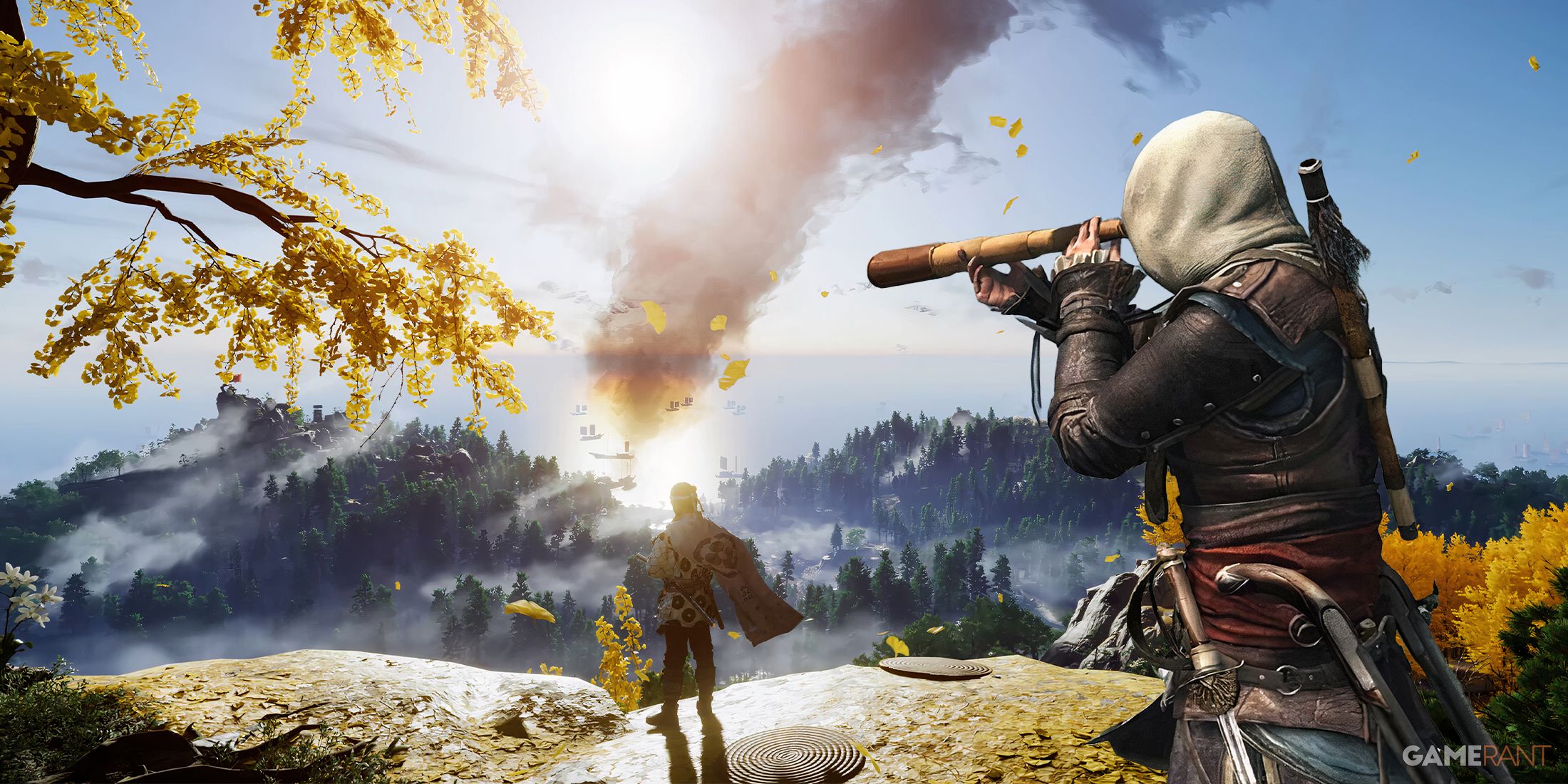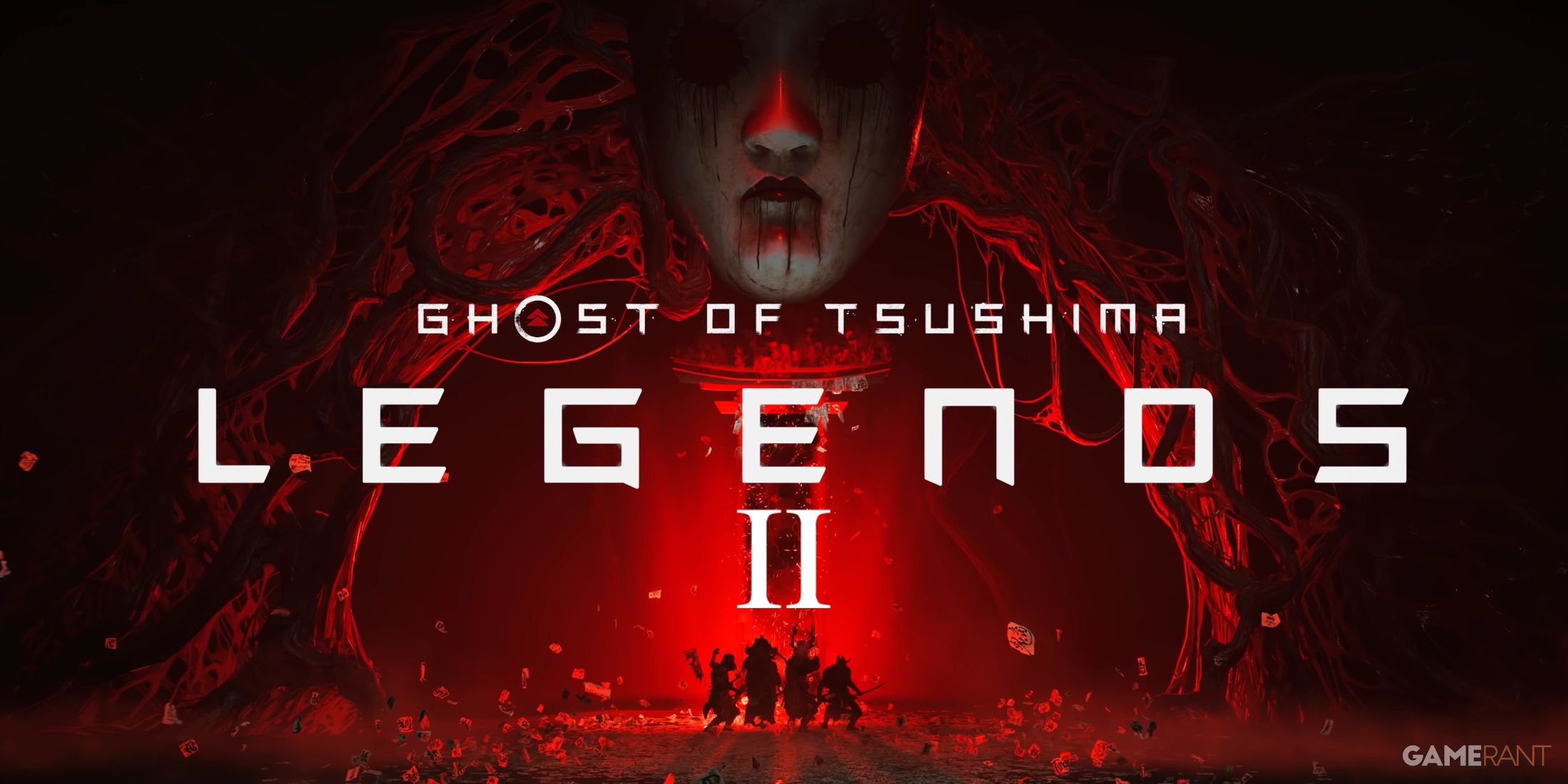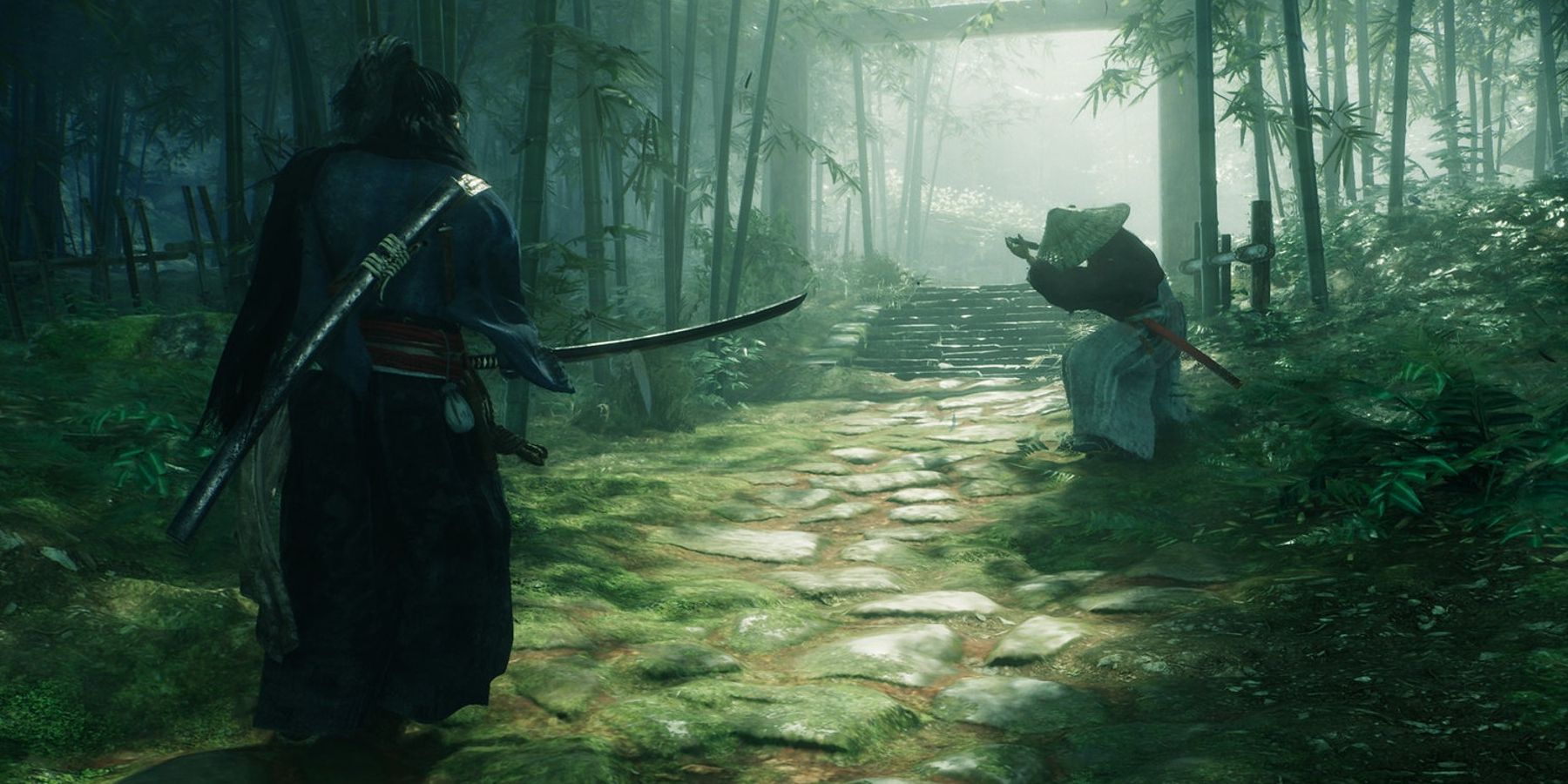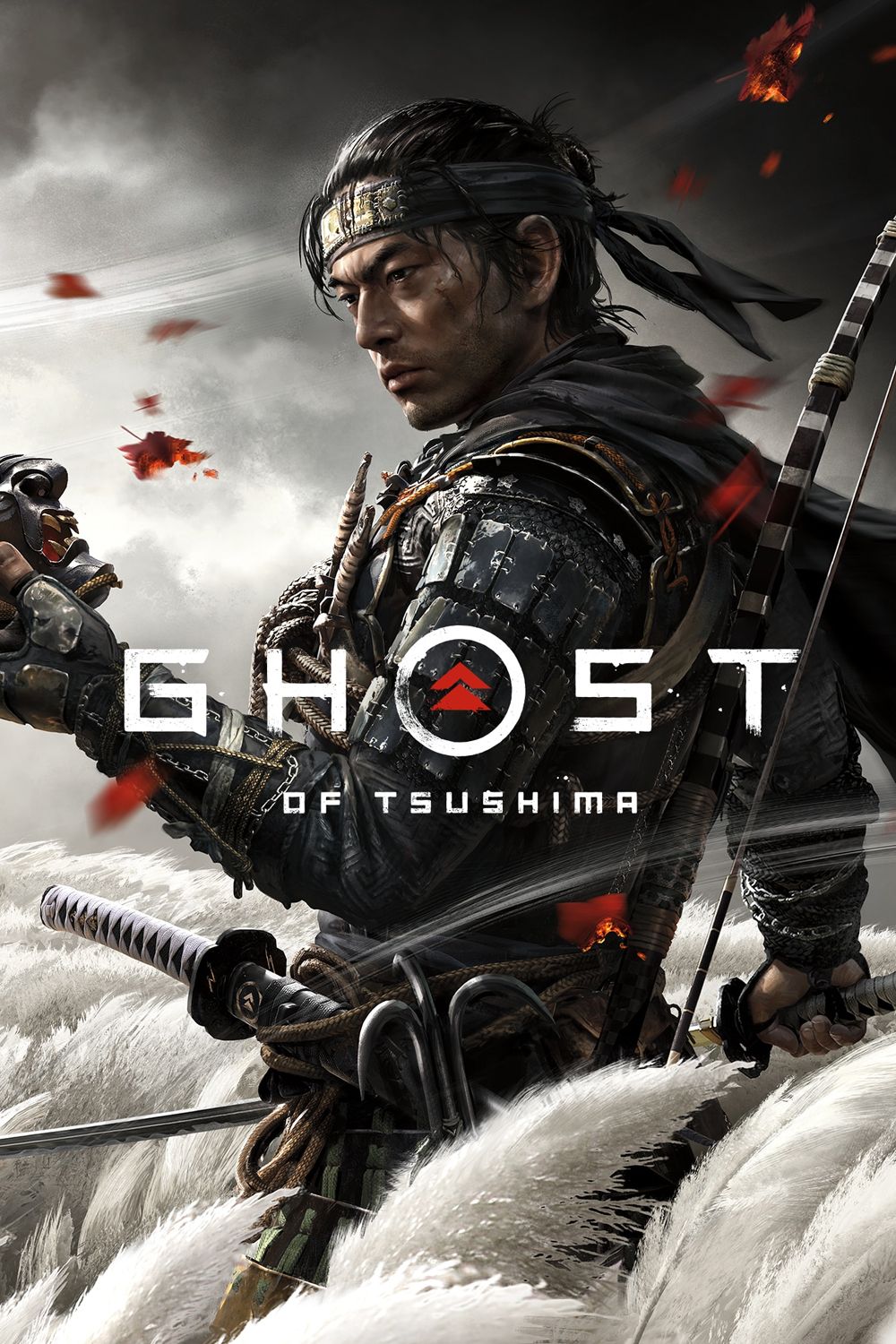Highlights
- Rise of the Ronin may surpass Ghost of Tsushima as PlayStation's leading game in the samurai action category due to its distinct setting and gameplay features.
- Rise of the Ronin takes place in the 1800s and introduces firearms and other technologies, providing a different gameplay experience compared to Ghost of Tsushima's more medieval combat.
- While Rise of the Ronin has potential, it may not prioritize narrative polish and environment design in the same way as Ghost of Tsushima, making both games unique in their own right.
Ghost of Tsushima is one of the most well-received PS4-era Sony exclusives—a major accomplishment, considering its competition. While Sucker Punch and Sony have not been forthcoming about a Ghost of Tsushima sequel, there's a clear demand for samurai action games, and this year's Rise of the Ronin might just top Ghost as PlayStation's leading game in the category.
Samurai-centric video games have seen a major resurgence in recent years, with Sekiro: Shadows Die Twice, Trek to Yomi, and Team Ninja's own Nioh series being notable, contemporary examples of action-packed titles starring East Asian warriors. Ghost of Tsushima managed to pull off something special, however, offering mass appeal through its stunning visuals, polished cinematics and voice acting, and fluid, satisfying gameplay. These strengths, plus the game's AAA budget and light RPG elements, have led many to compare it to the best-selling historical action series Assassin's Creed, and not in a way that does Ubisoft any favors. Indeed, when it comes to mainstream, accessible, story-driven samurai action games, Ghost of Tsushima seems to wear the crown.
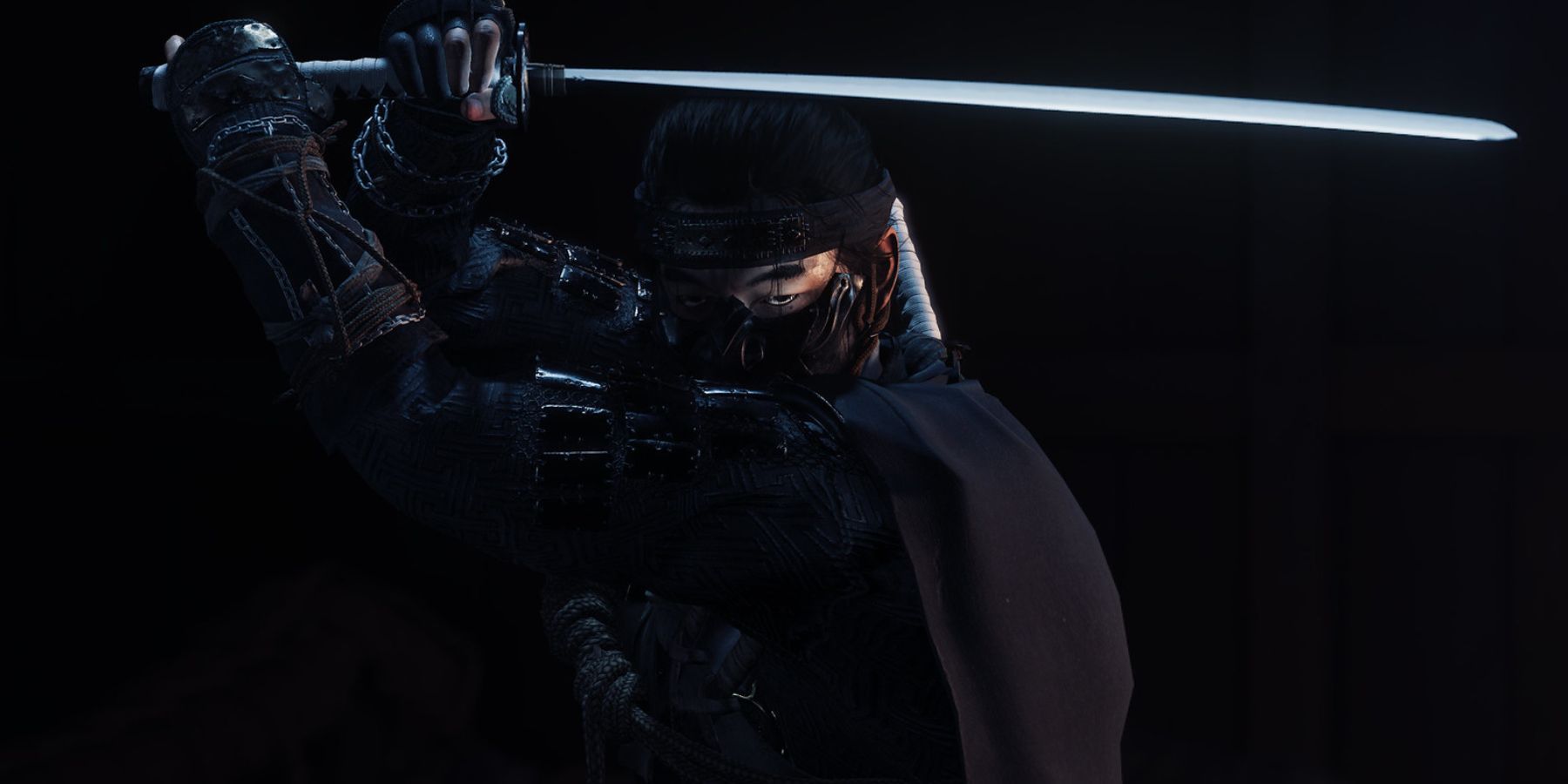
Ghost of Tsushima 2 Needs More Samurai Batman Vibes
Ghost of Tsushima gave players the option to role-play as a samurai Batman-esque character in the shadows and the sequel should lean on that fully.
Why Rise of the Ronin Might Take Ghost of Tsushima's Throne
Rise of the Ronin & Ghost of Tsushima's Key Differences
While they are both action-adventure games inspired by real history, there's a lot that Rise of the Ronin does that will set it apart from Ghost of Tsushima, and these differences could work to the former's benefit. Perhaps the most immediately apparent distinction between the two games is setting: Ronin takes place several centuries after Ghost of Tsushima, in the mid-1800s, and this has a major impact on both narrative and gameplay. Like fellow samurai game Sekiro: Shadows Die Twice, Rise of the Ronin features firearms and other technologies that were missing in Ghost of Tsushima. The player will be able to use these tools themselves, leveraging guns, grapple hooks, and gliding devices to get the upper hand in gameplay. The world design of Rise of the Ronin also looks a bit more varied than Ghost of Tsushima, owing to this setting.
Team Ninja's approach to game development will undoubtedly separate Rise of the Ronin from Ghost of Tsushima as well. Ronin looks to be iterating on the intense third-person action found in the Nioh games and Wo Long: Fallen Dynasty. Although Rise of the Ronin aims to evolve the studio's signature gameplay fundamentals, its focus on relentless, high-paced combat will likely be present to some degree. This style of gameplay would stand in stark contrast to Ghost of Tsushima's more grounded, methodical approach to combat and exploration.
Ghost of Tsushima's Strengths
Rise of the Ronin certainly seems to have a great deal of potential, and many PlayStation owners are eagerly awaiting its release on March 22 of this year. Having said that, it's not guaranteed to be a perfect replacement for Ghost of Tsushima, let alone a superior version of it. At the end of the day, Ghost of Tsushima exhibits certain strengths that Rise of the Ronin likely won't be focusing on.
For one thing, the cinematic approach to storytelling, inherent to so many of Sony's first-party titles, is prevalent in Ghost of Tsushima, with the game putting a premium on graphical fidelity, character animations, and voice acting. Rise of the Ronin could prove to be different, but these elements of narrative polish have never been prioritized by Team Ninja. Additionally, Ghost of Tsushima excels at environment design, which is something that Team Ninja has struggled with in the post-Nioh era.
It may be best not to think of Rise of the Ronin as a Ghost of Tsushima successor, clone, or competitor. Ultimately, each franchise is aiming at a different target, and it's likely that Ronin will simply be a different sort of game than Ghost of Tsushima, not one that is inherently better or worse.

